Student Exploration: Measuring Volume
Document Content and Description Below
Student Exploration: Measuring Volume Vocabulary: cubic centimeter, diameter, graduated cylinder, meniscus, milliliter, pipette, radius, rectangular prism, sphere, volume, water displacement Prior ... Knowledge Question (Do this BEFORE using the Gizmo.) Albert plays football. His sister Juliana plays volleyball. While walking home from practice one day, Albert and Juliana argue about which is bigger, a football or volleyball. How would you measure and compare the sizes of the two balls? ________________________ Gizmo Warm-up When scientists talk about how big something is, they are really talking about its volume, or the amount of space it takes up. The Measuring Volume Gizmo™ allows you to measure the volumes of liquids and solids using a variety of tools. To begin, remove the 50-mL graduated cylinder from the cabinet and place it below the faucet. To turn on the faucet, click on the faucet handle. Fill the cylinder about halfway, as shown. 1. Place the magnifier over the waterline. Draw a sketch of what you see in the area at right. Label the large tick marks on your sketch. What volume is represented by each small tick mark? 2. What is the shape of the waterline? ____________________________________________ This curved shape is called the meniscus. Always read the volume at the bottom of the meniscus. 3. What is the volume of water in the graduated cylinder? __________ Get the Gizmo ready: Activity A: Drag all objects to the cabinet. Volume of liquids Move the 25-mL graduated cylinder, the 250-mL beaker, and the 2-mL pipette to the counter. Introduction: Graduated cylinders are precise tools for measuring volume. Most graduated cylinders are marked in milliliters. There are 1,000 milliliters in 1 liter (about two cups). Goal: Fill a graduated cylinder with a given amount of water. 1. Prepare: Place the 250-mL beaker below the faucet and fill it with water. (Move the faucet handle up to pour faster.) You will use the beaker as a source of water in your experiments. 2. Measure: To pour water from the beaker to the graduated cylinder, move the beaker over the graduated cylinder. Add about 15 mL of water to the graduated cylinder (does not have to be exact). Place the magnifier over the waterline, and sketch what you see in the space at right. Label the large tick marks on your sketch. A. How many medium tick marks lie between two labeled tick marks? ______________ B. How much volume does each medium tick mark represent? ______________ C. How much volume does each small tick mark represent? ______________ D. Estimate the water volume in the graduated cylinder to the nearest 0.1 mL. (Remember to read from the bottom of the curved meniscus.) ______________ 3. Measure: Scientists use pipettes, also known as eyed [Show More]
Last updated: 1 year ago
Preview 1 out of 7 pages
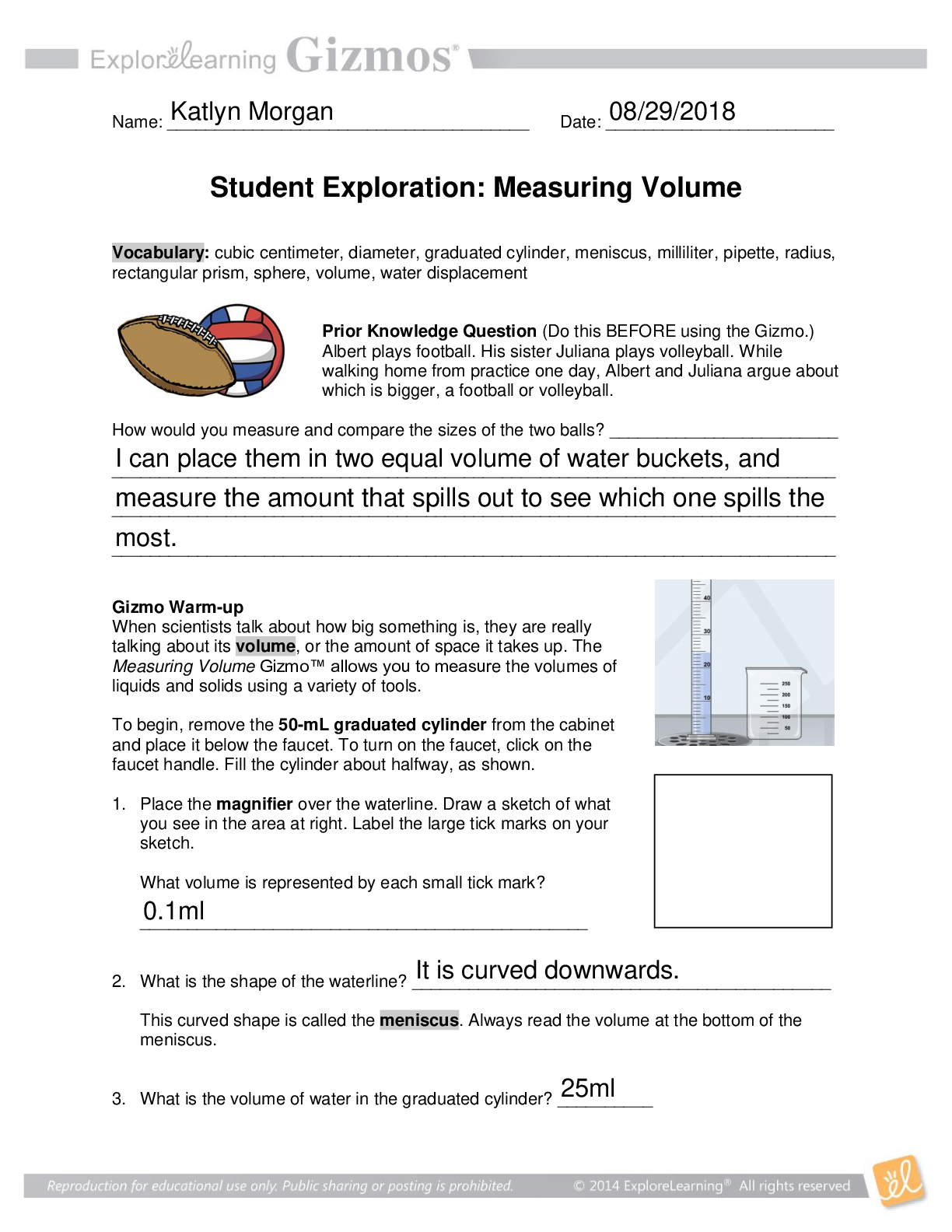
Reviews( 0 )
Document information
Connected school, study & course
About the document
Uploaded On
Mar 29, 2022
Number of pages
7
Written in
Additional information
This document has been written for:
Uploaded
Mar 29, 2022
Downloads
0
Views
730


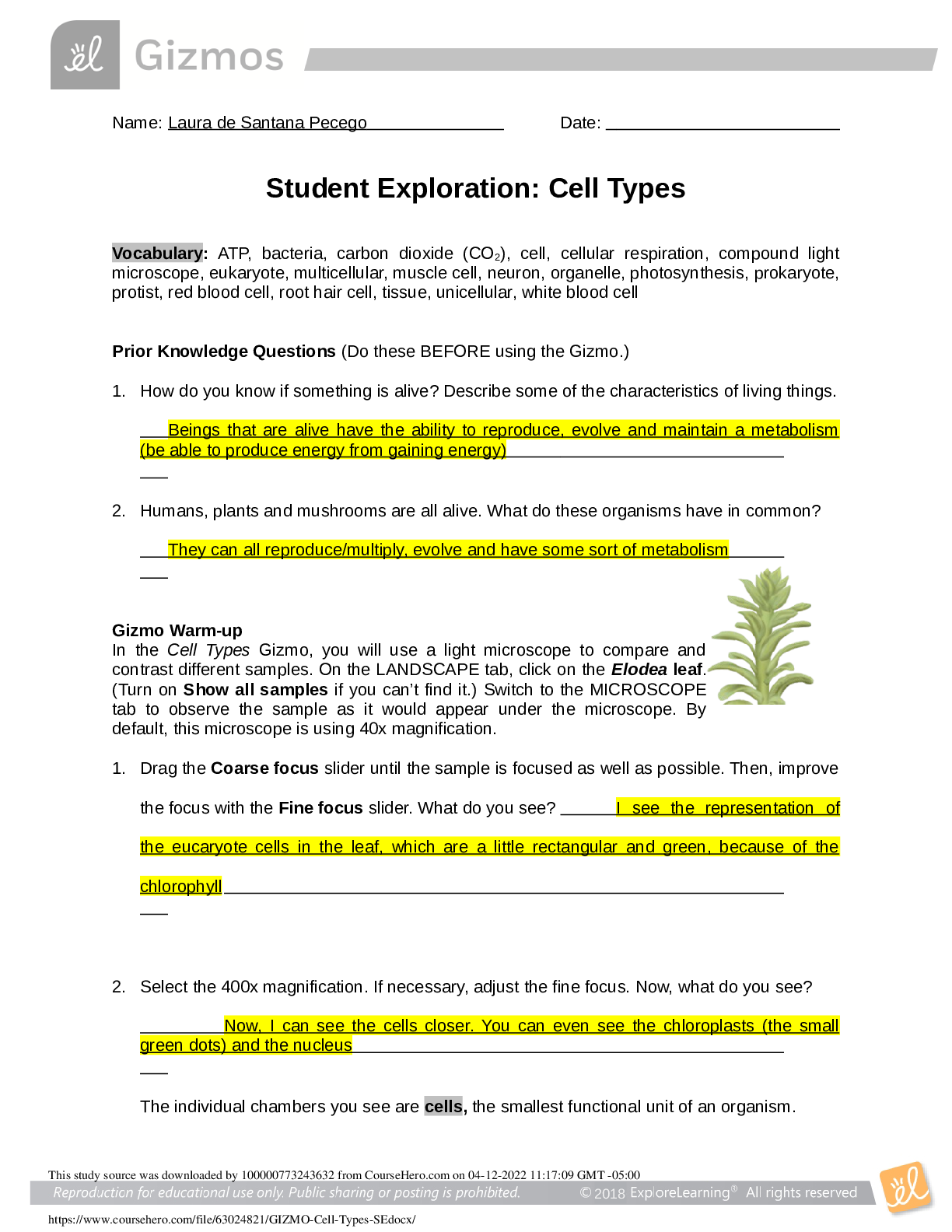

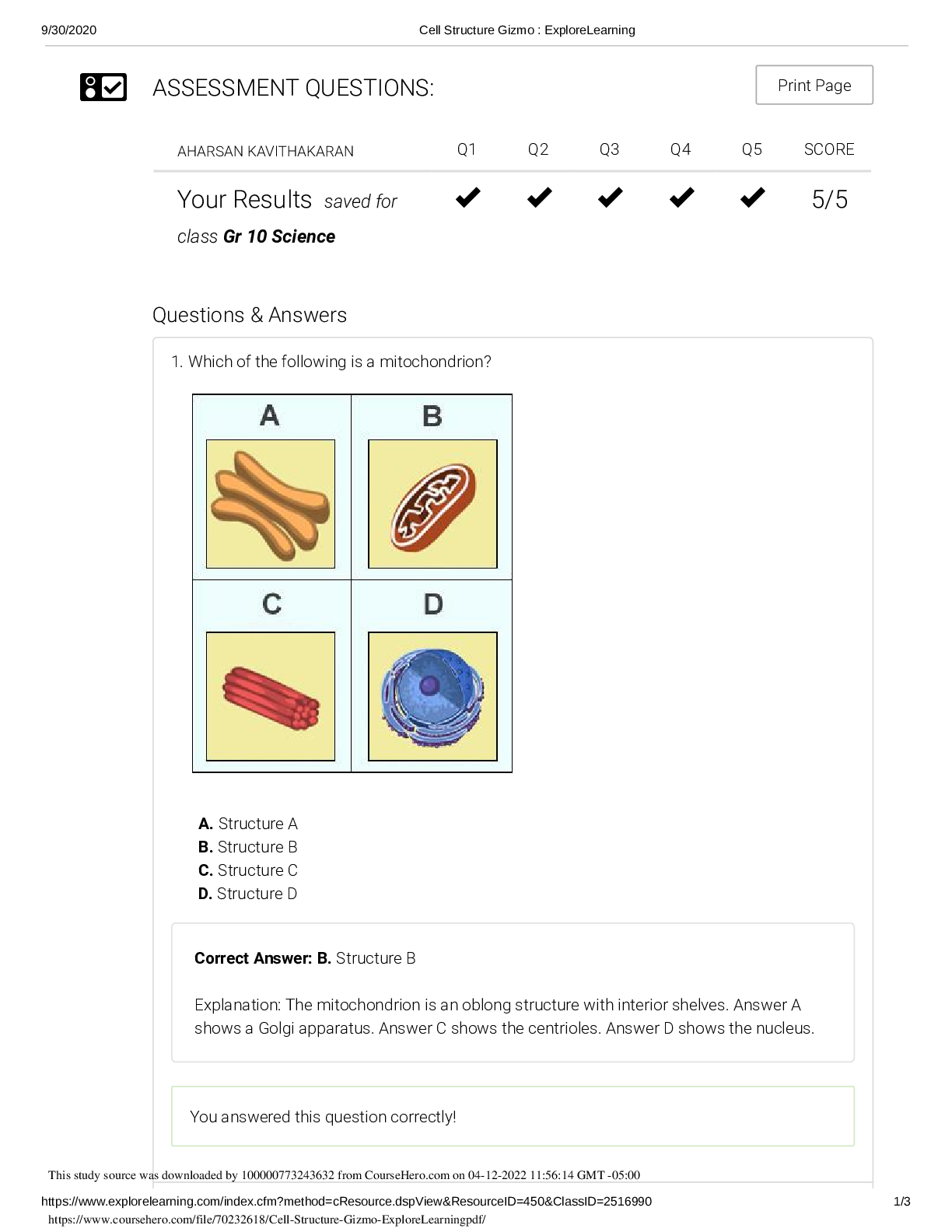
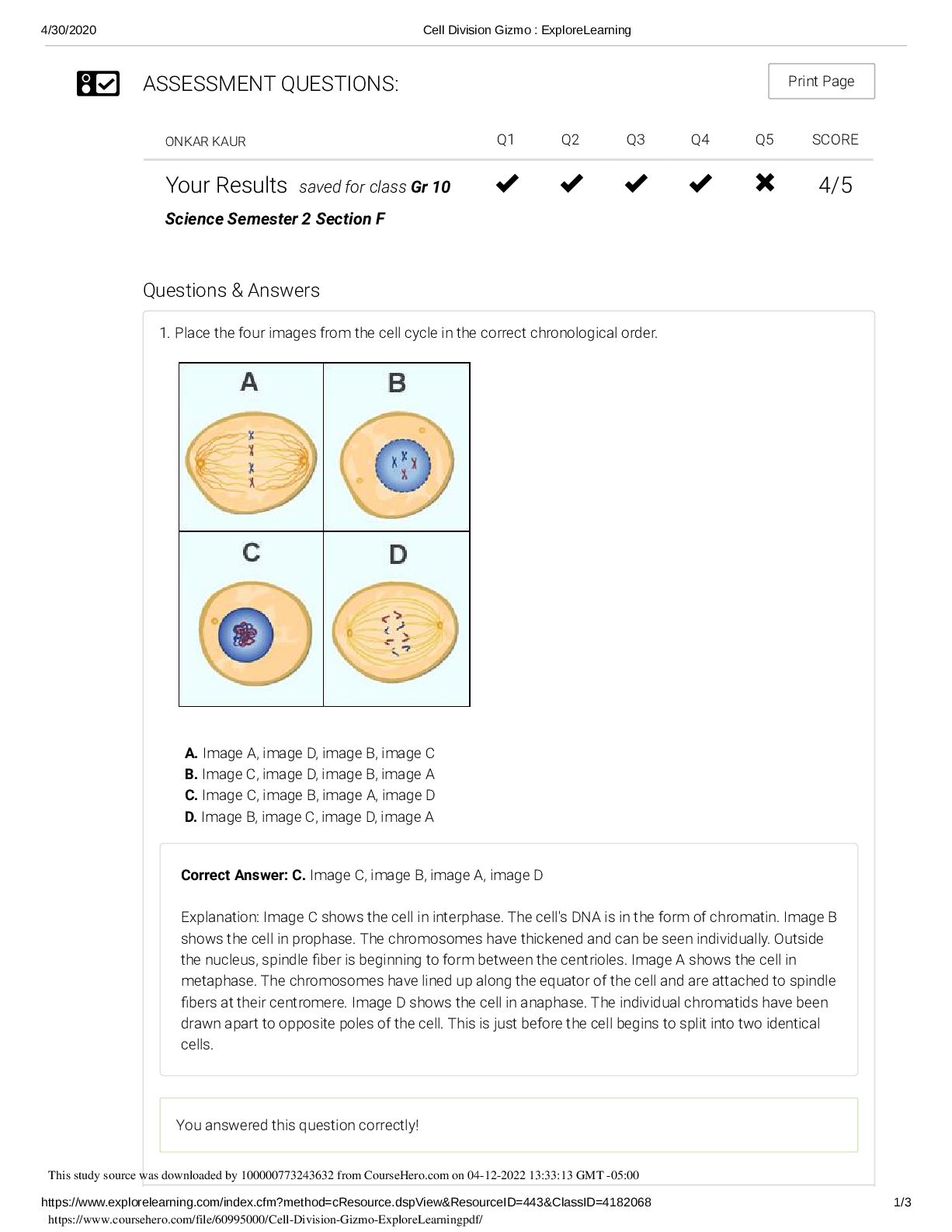


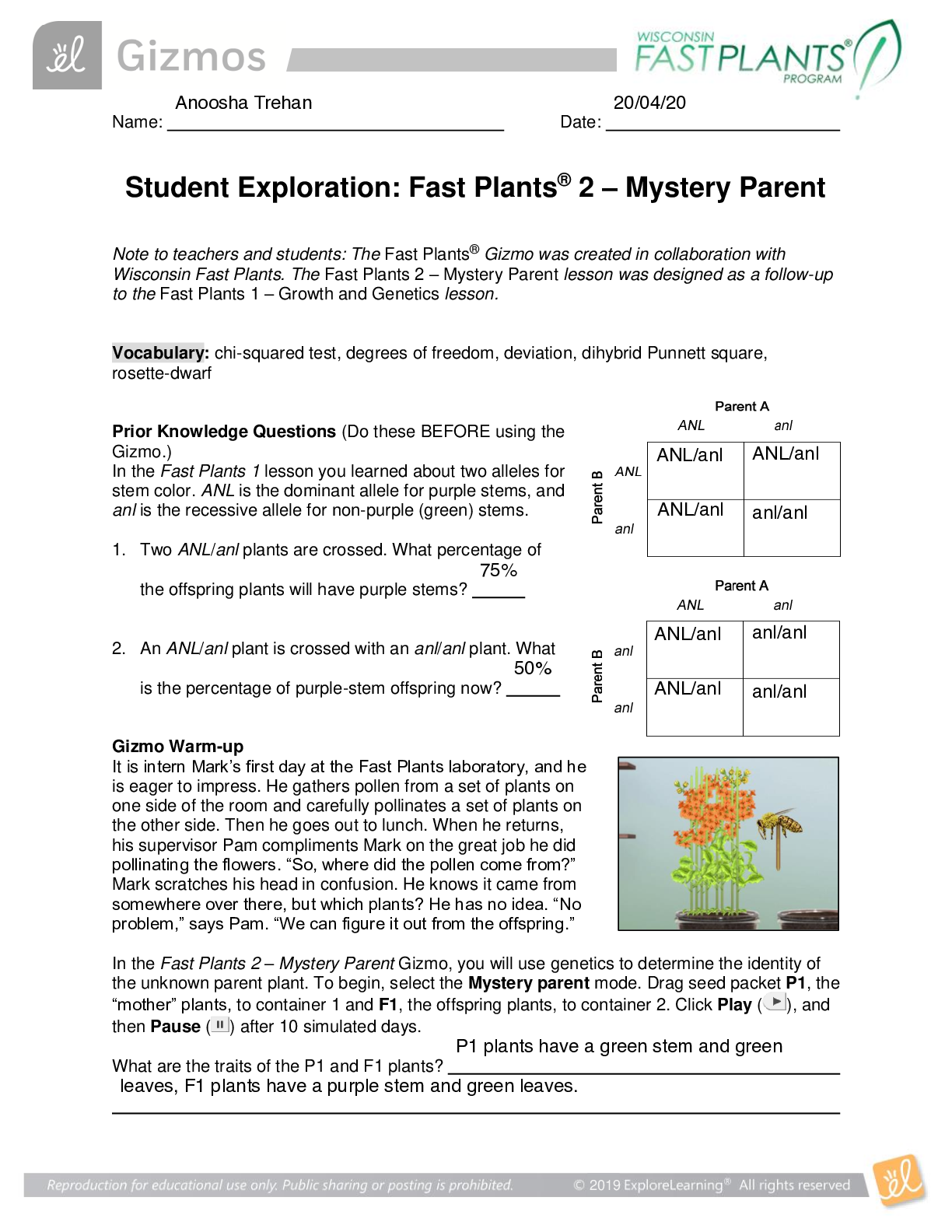


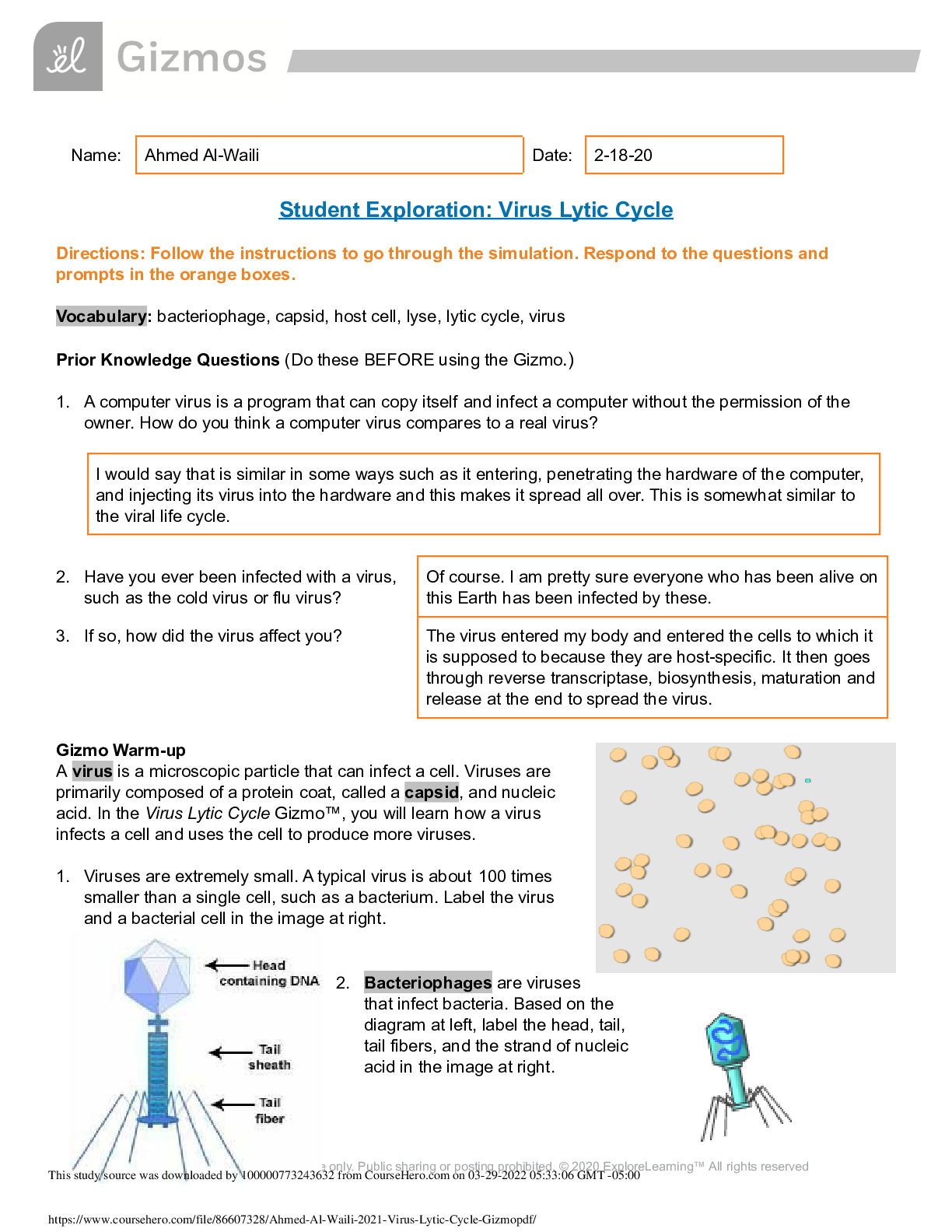
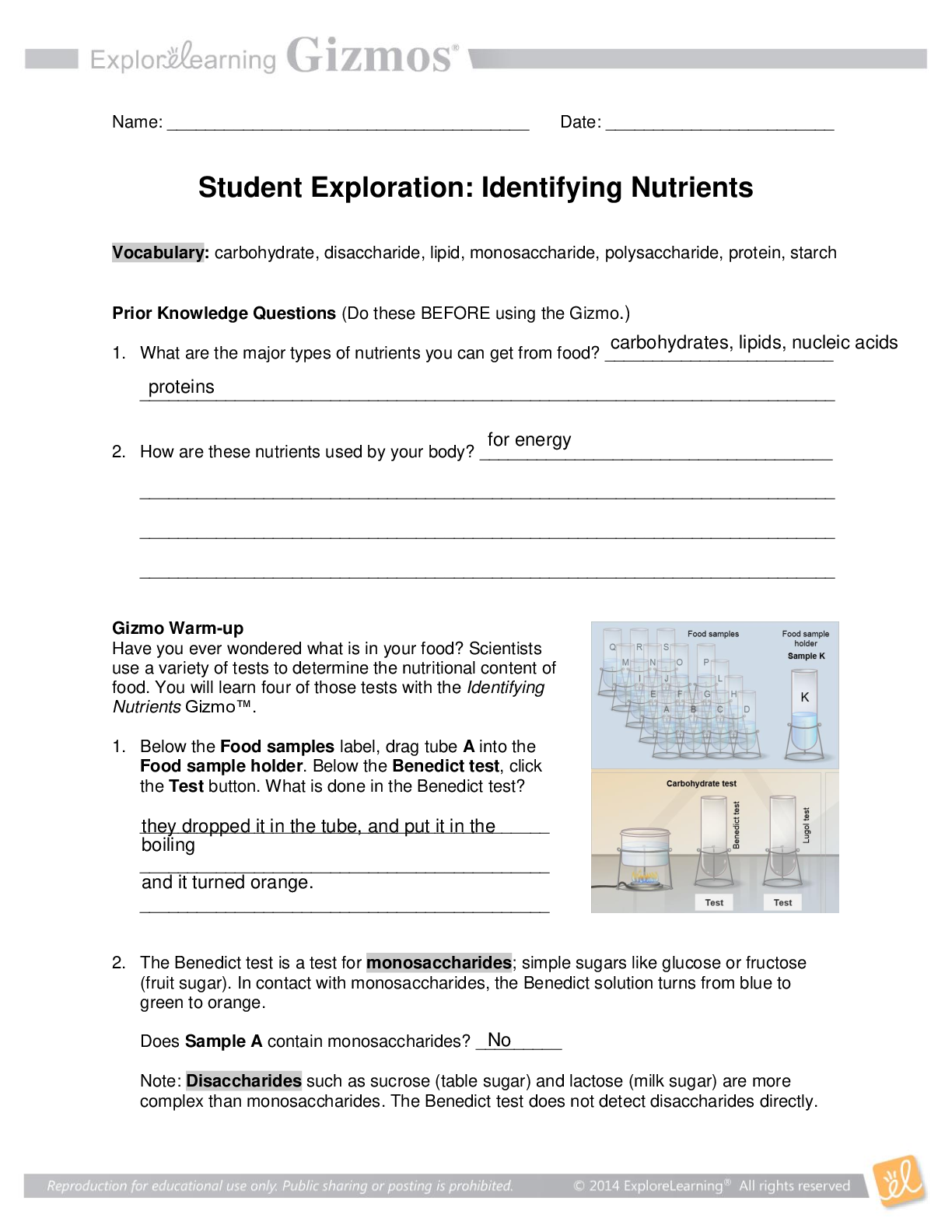
.png)
.png)
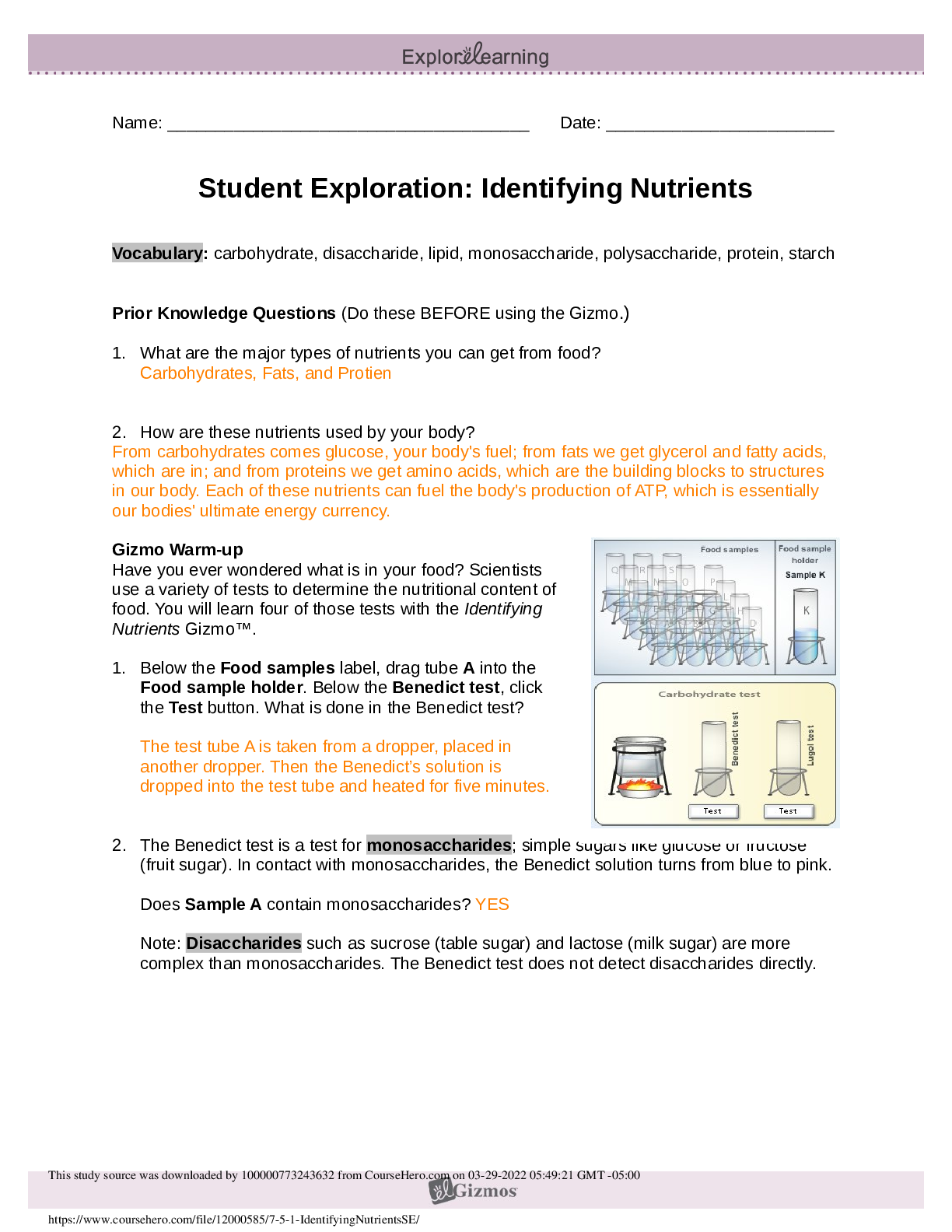
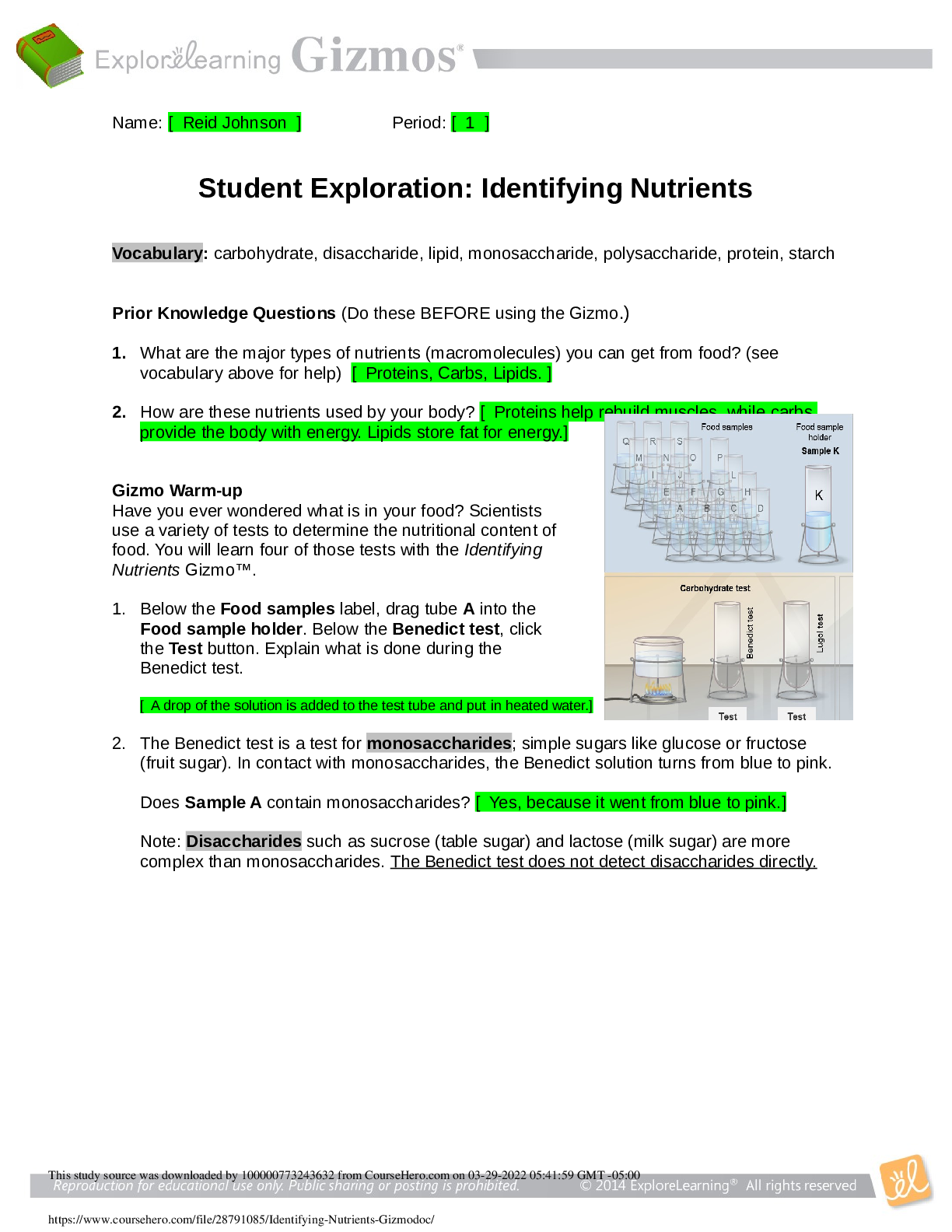
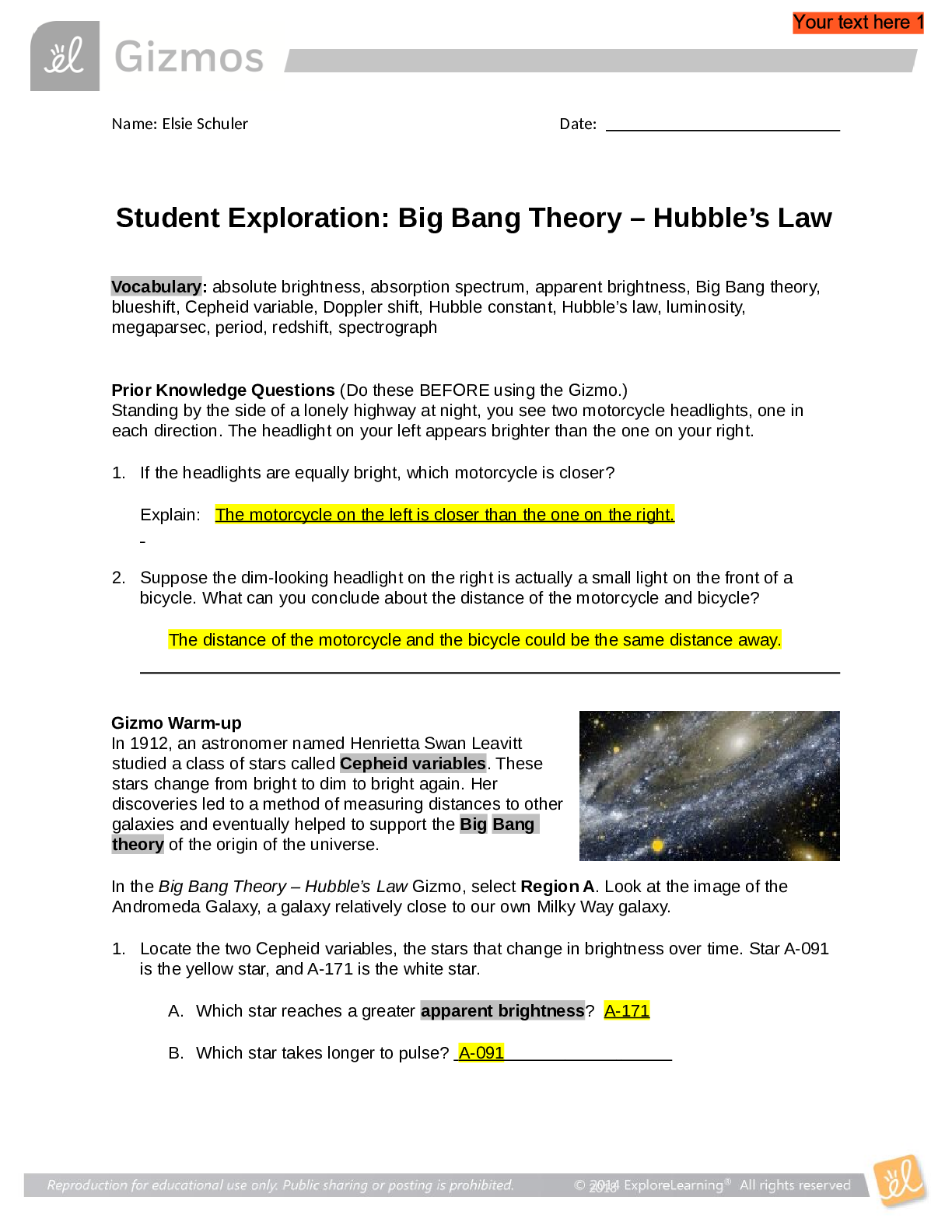


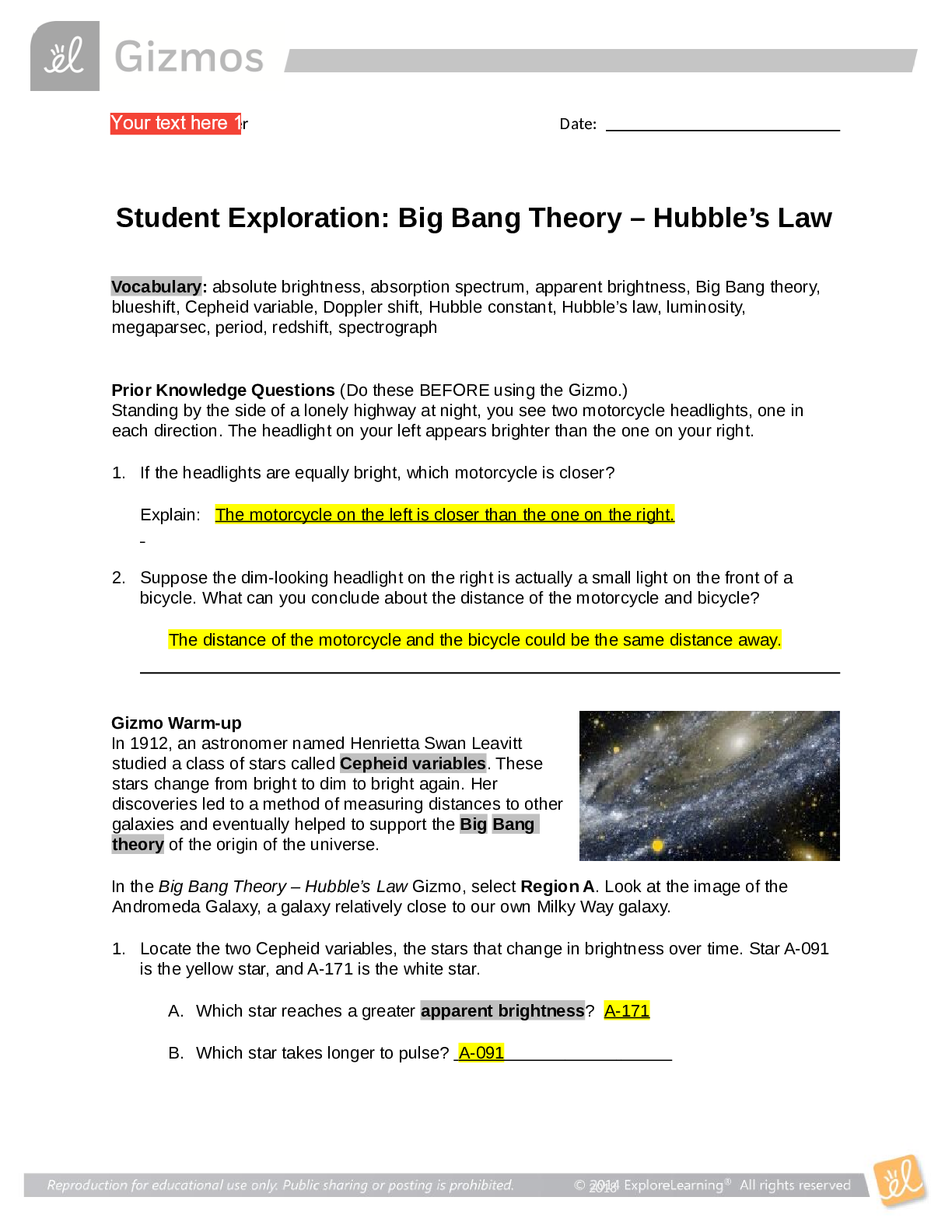
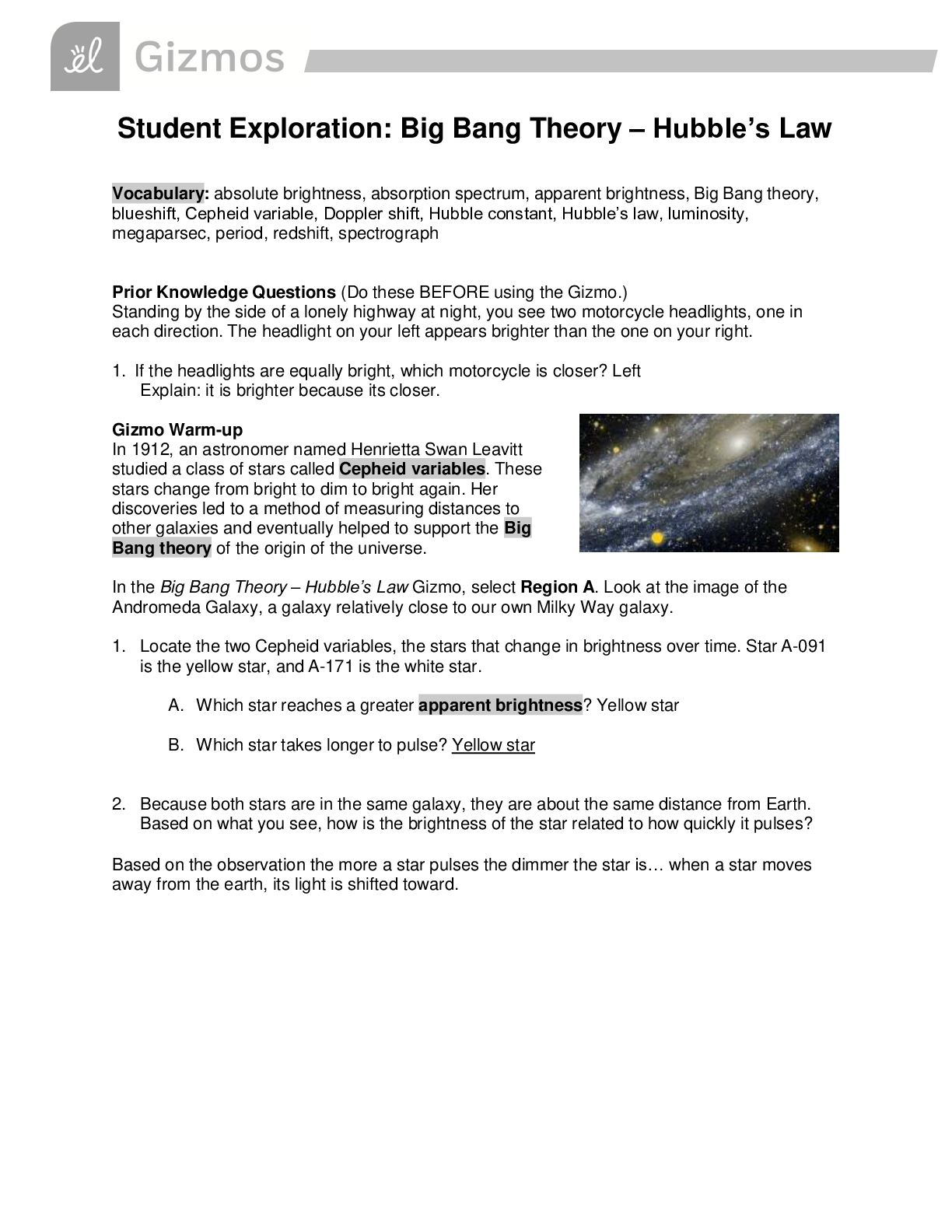

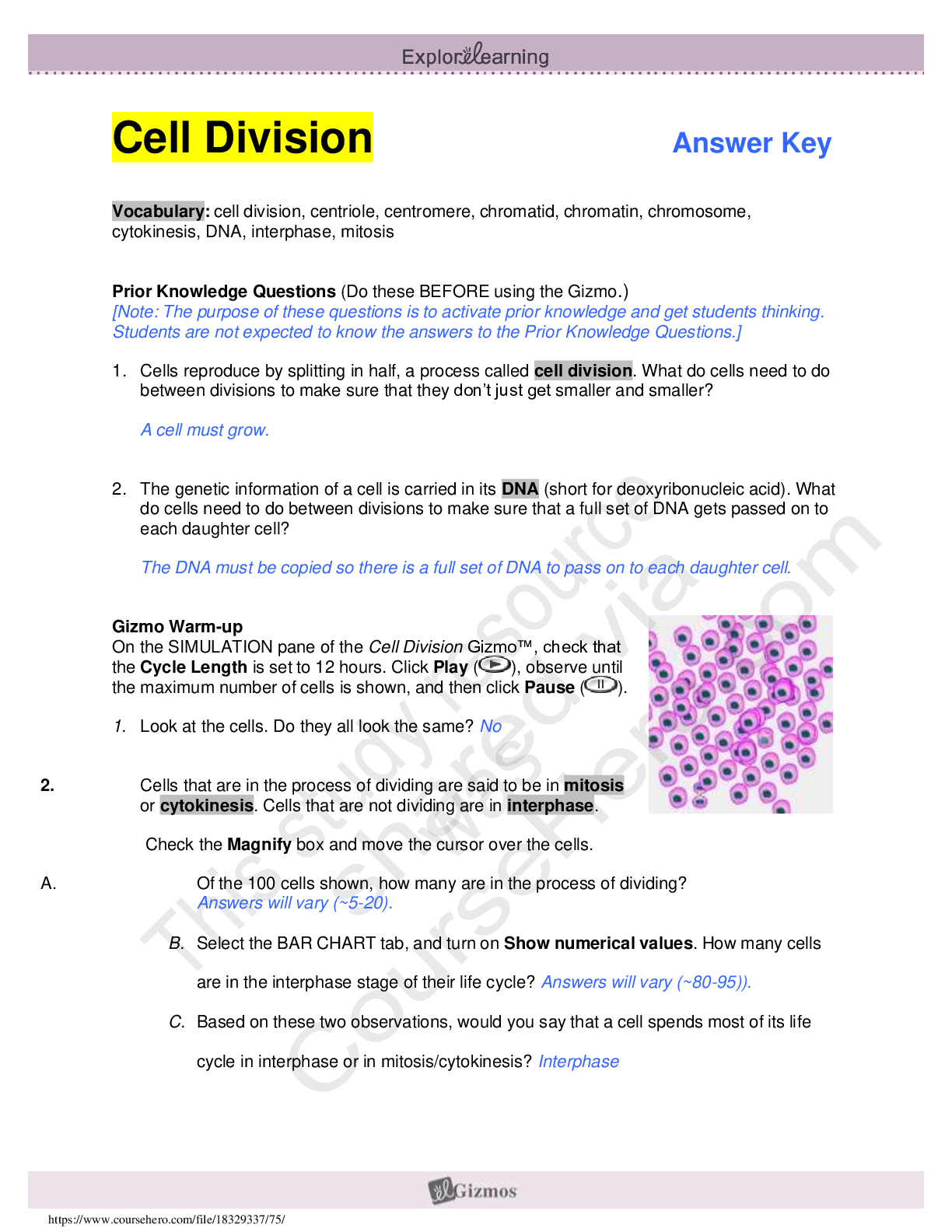
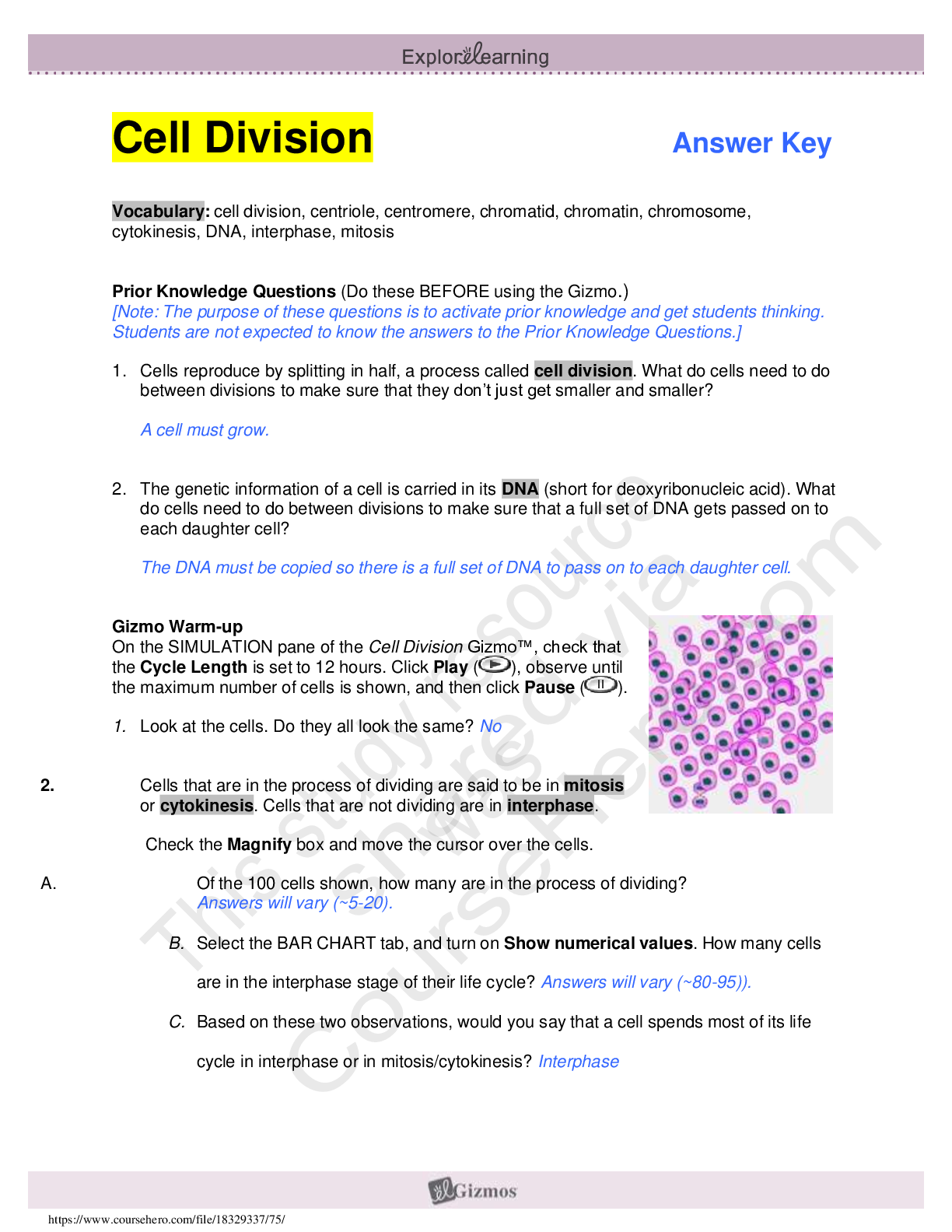
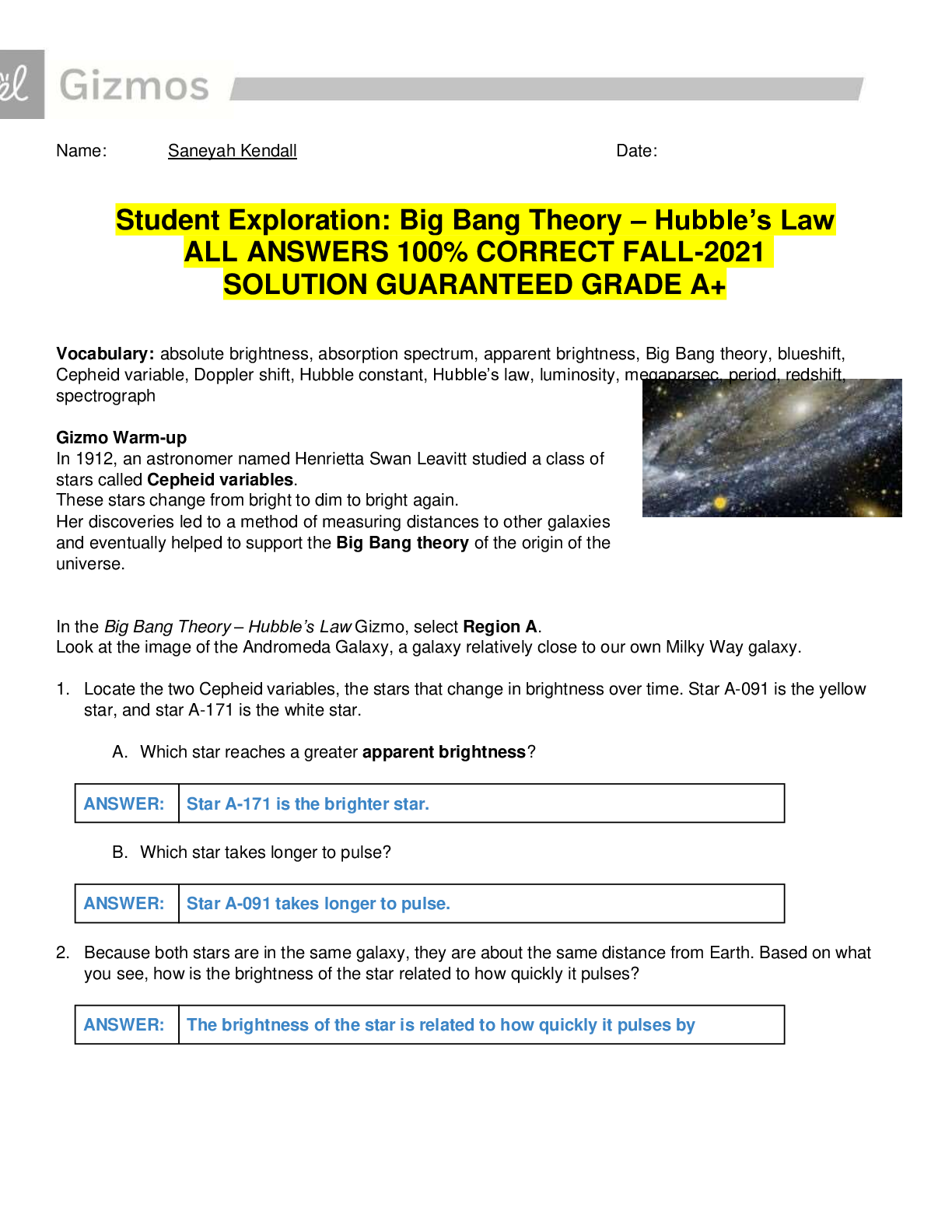

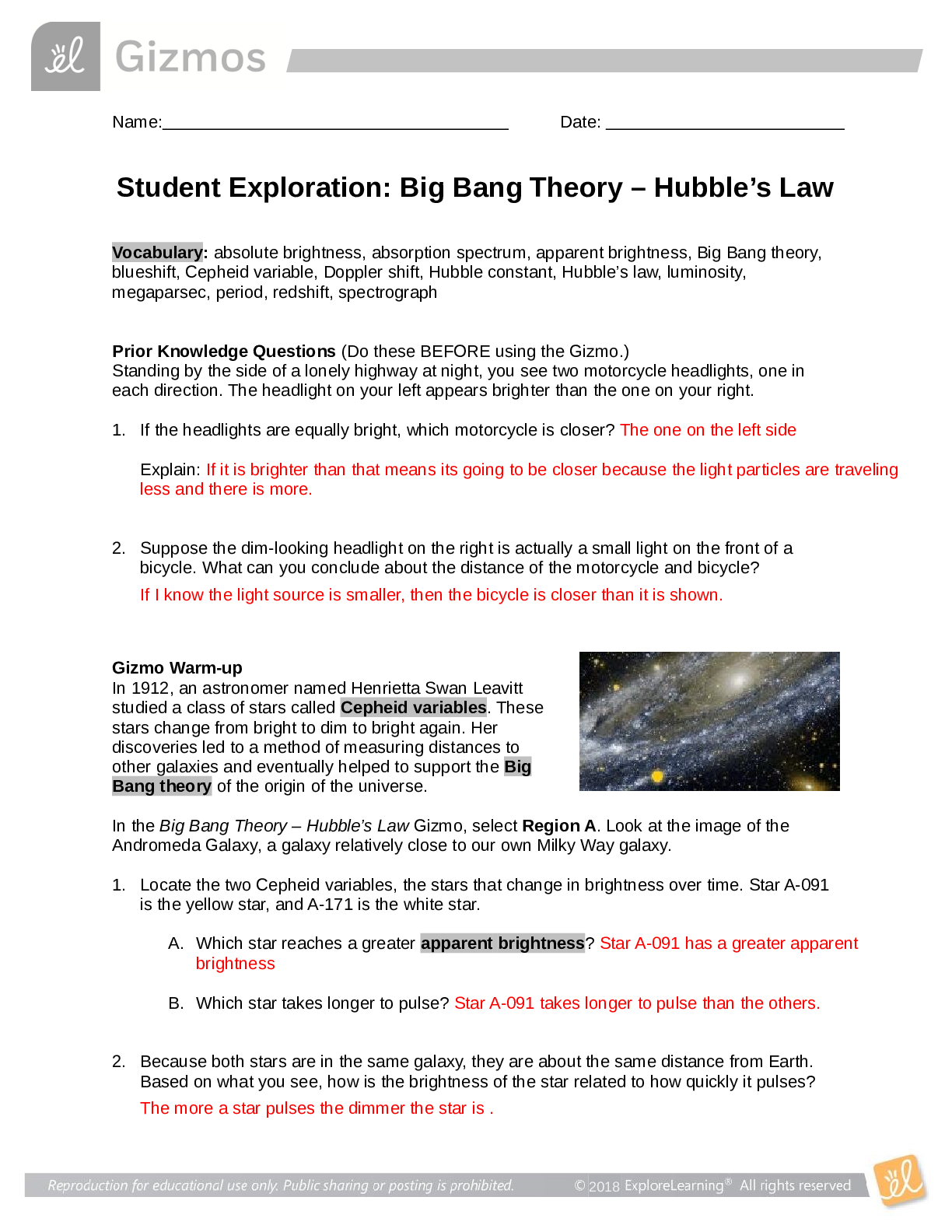
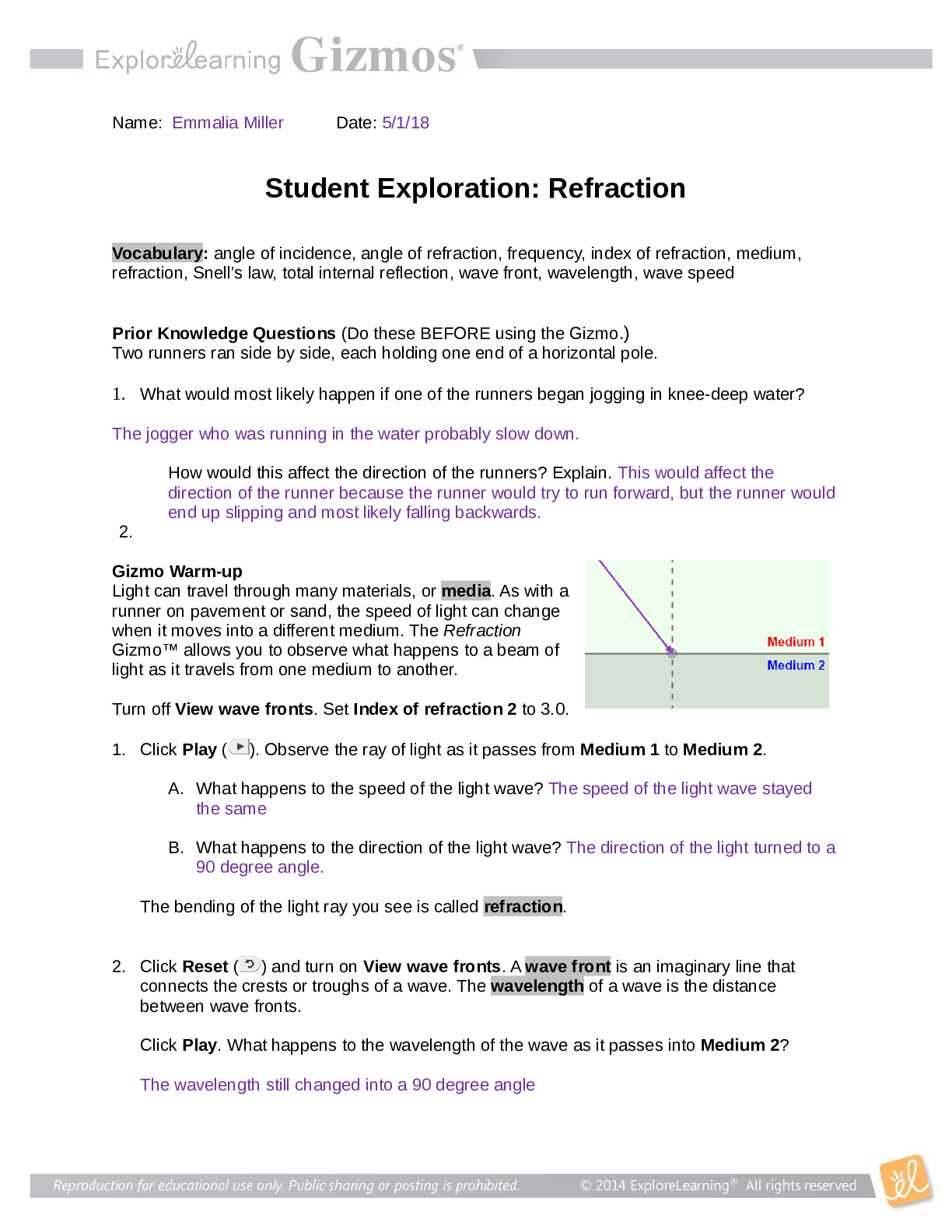

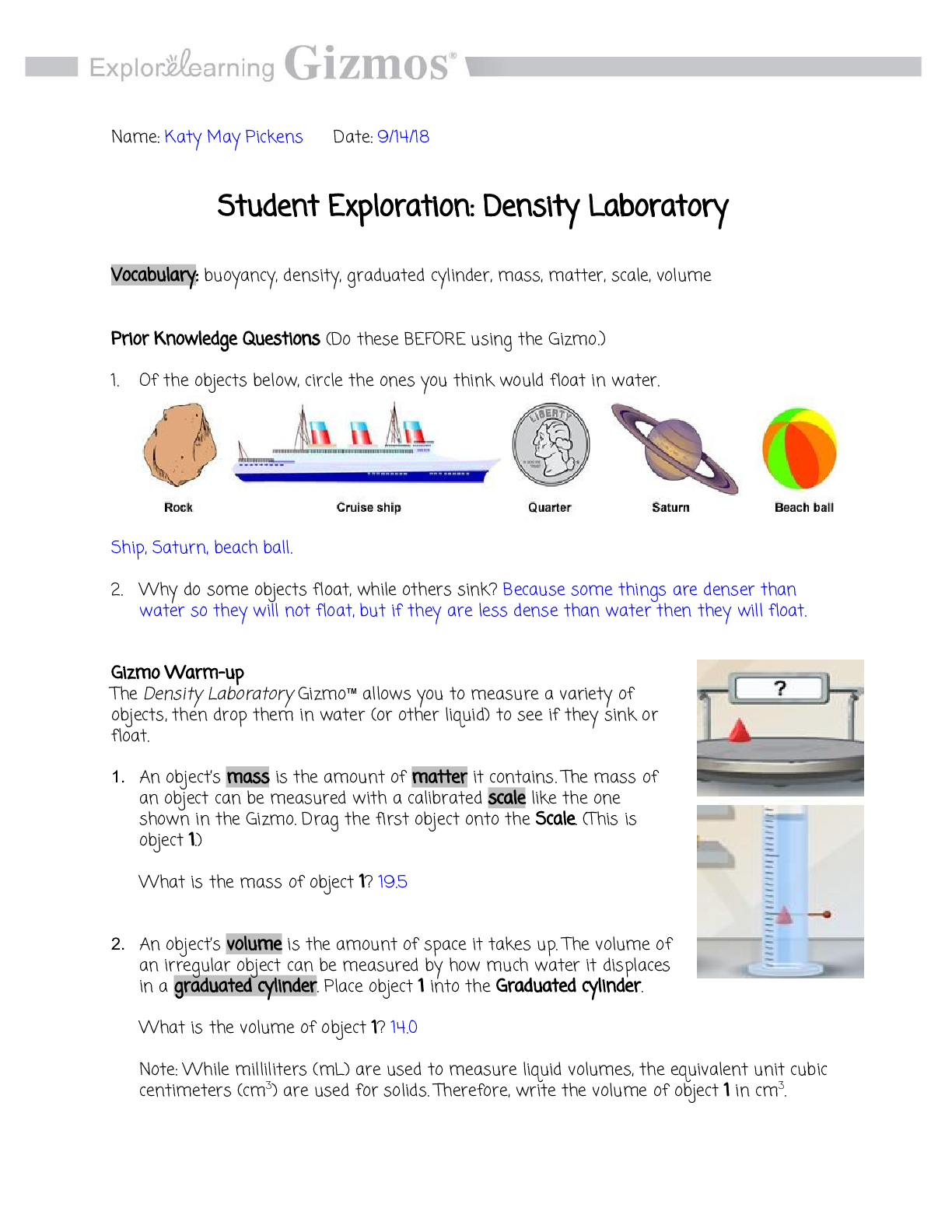
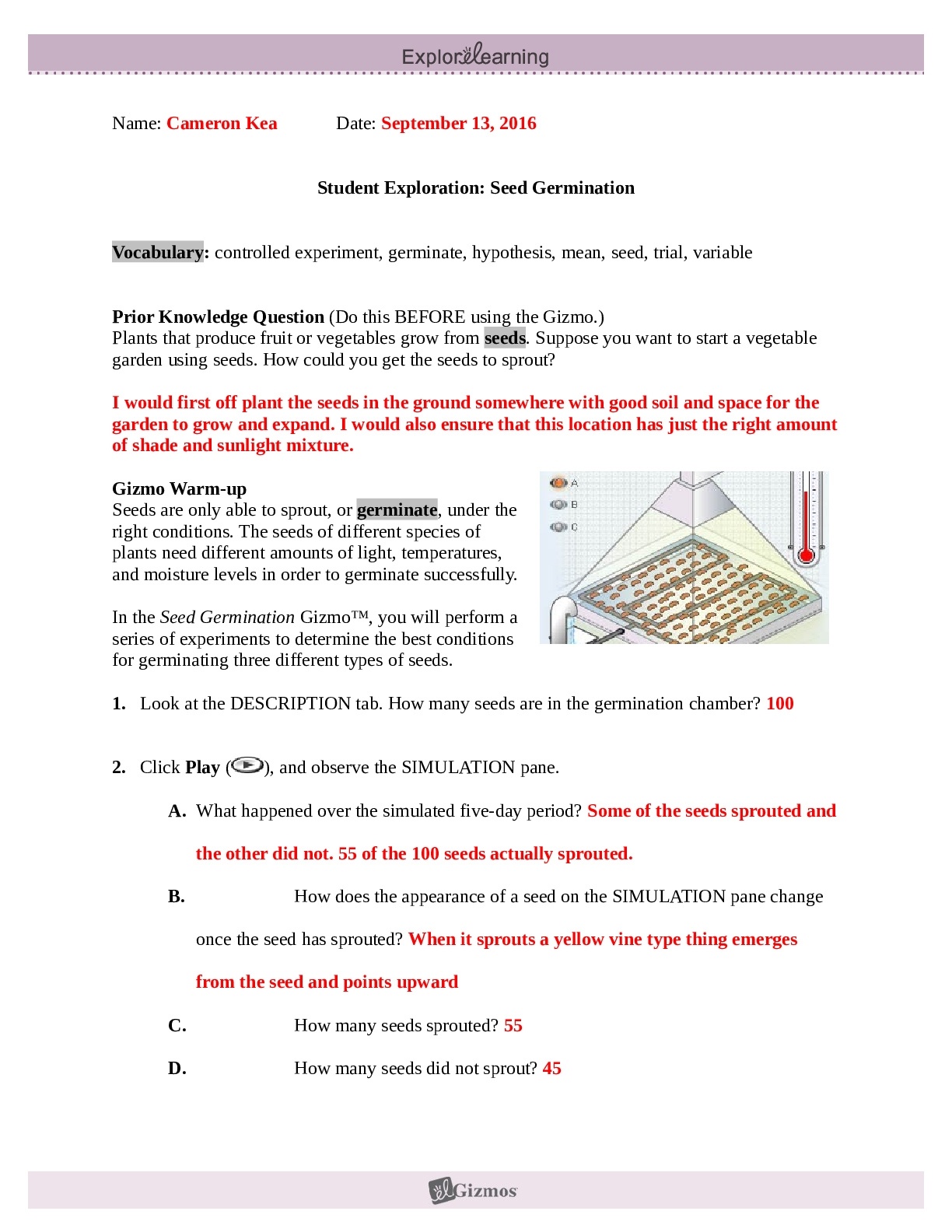

.png)

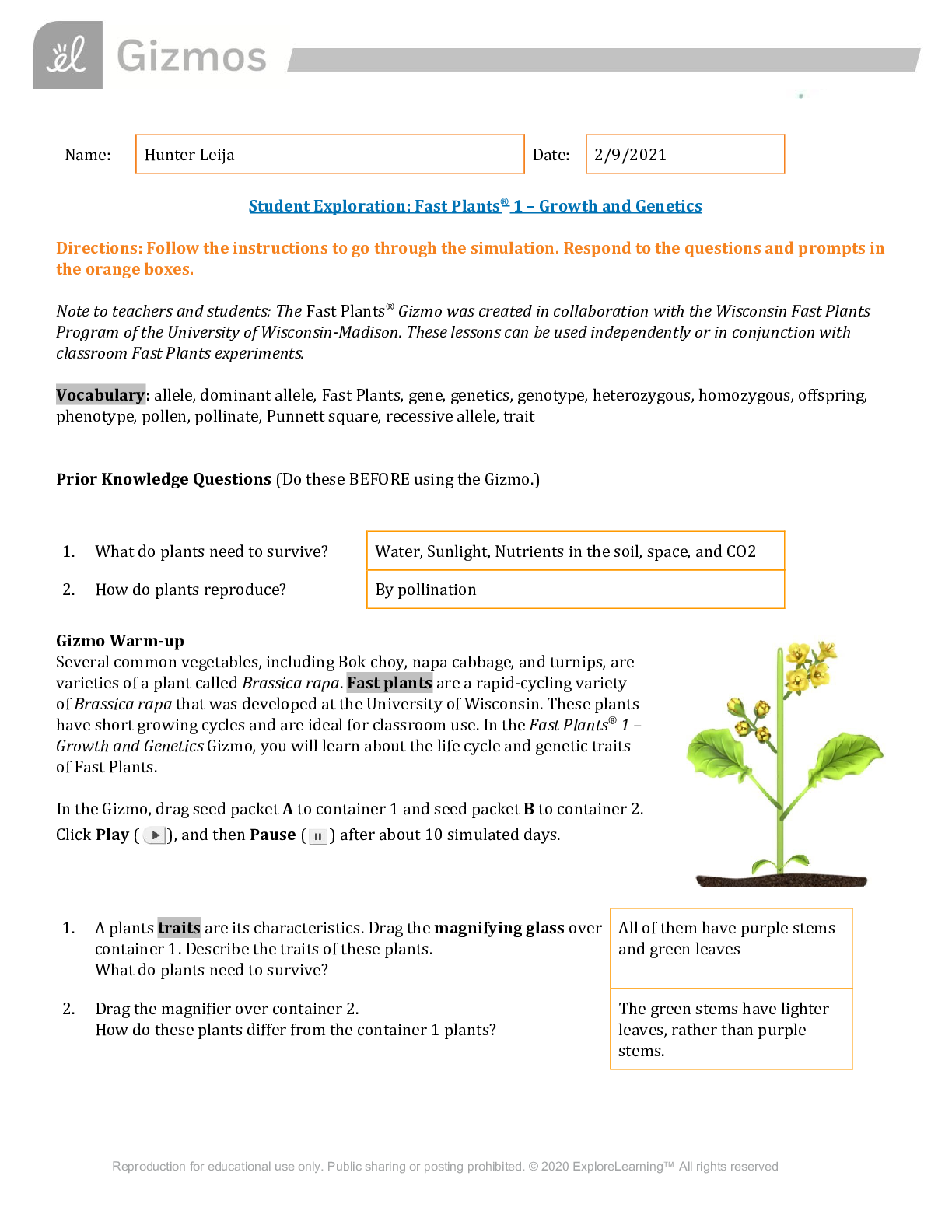
.png)

